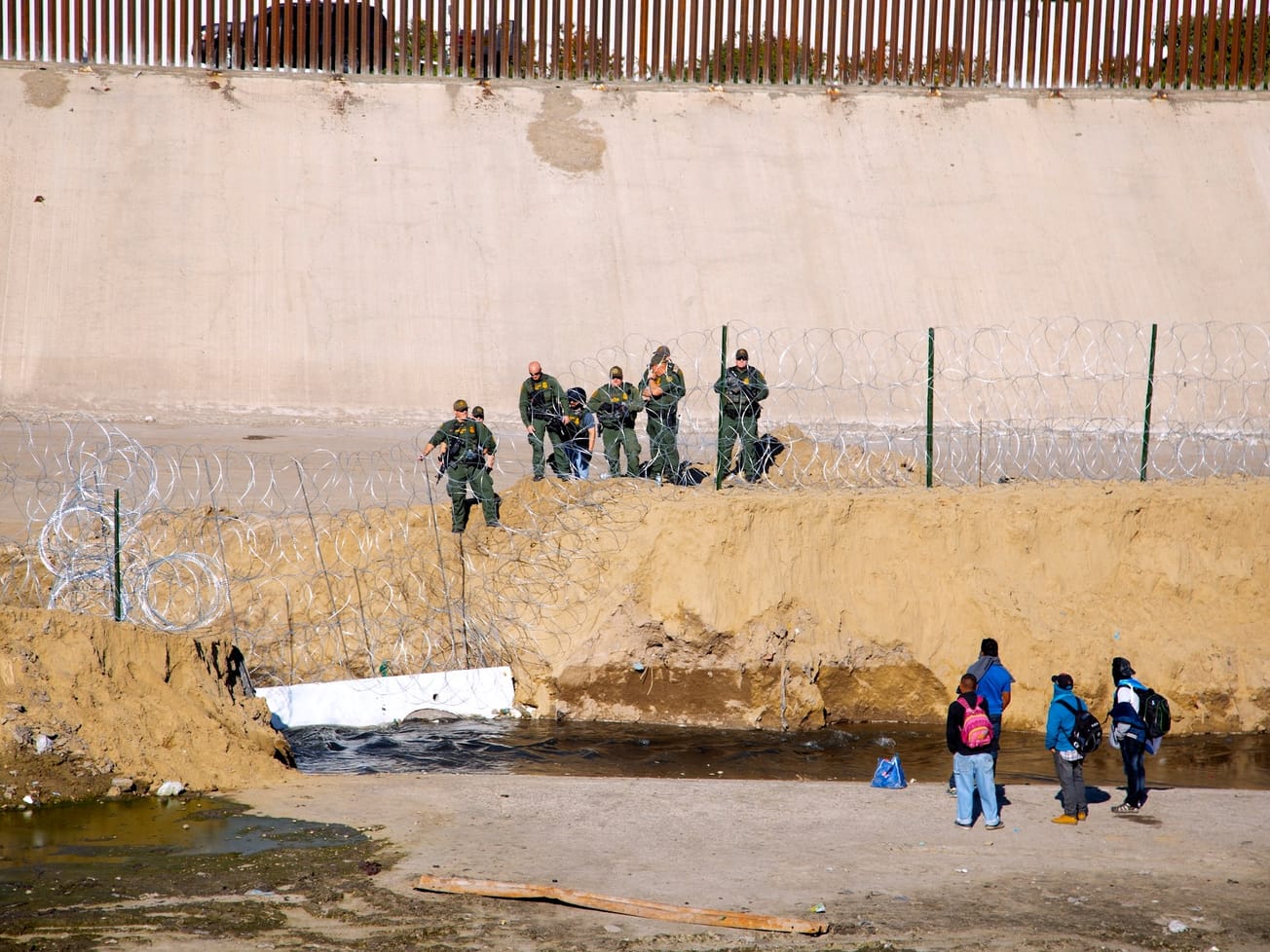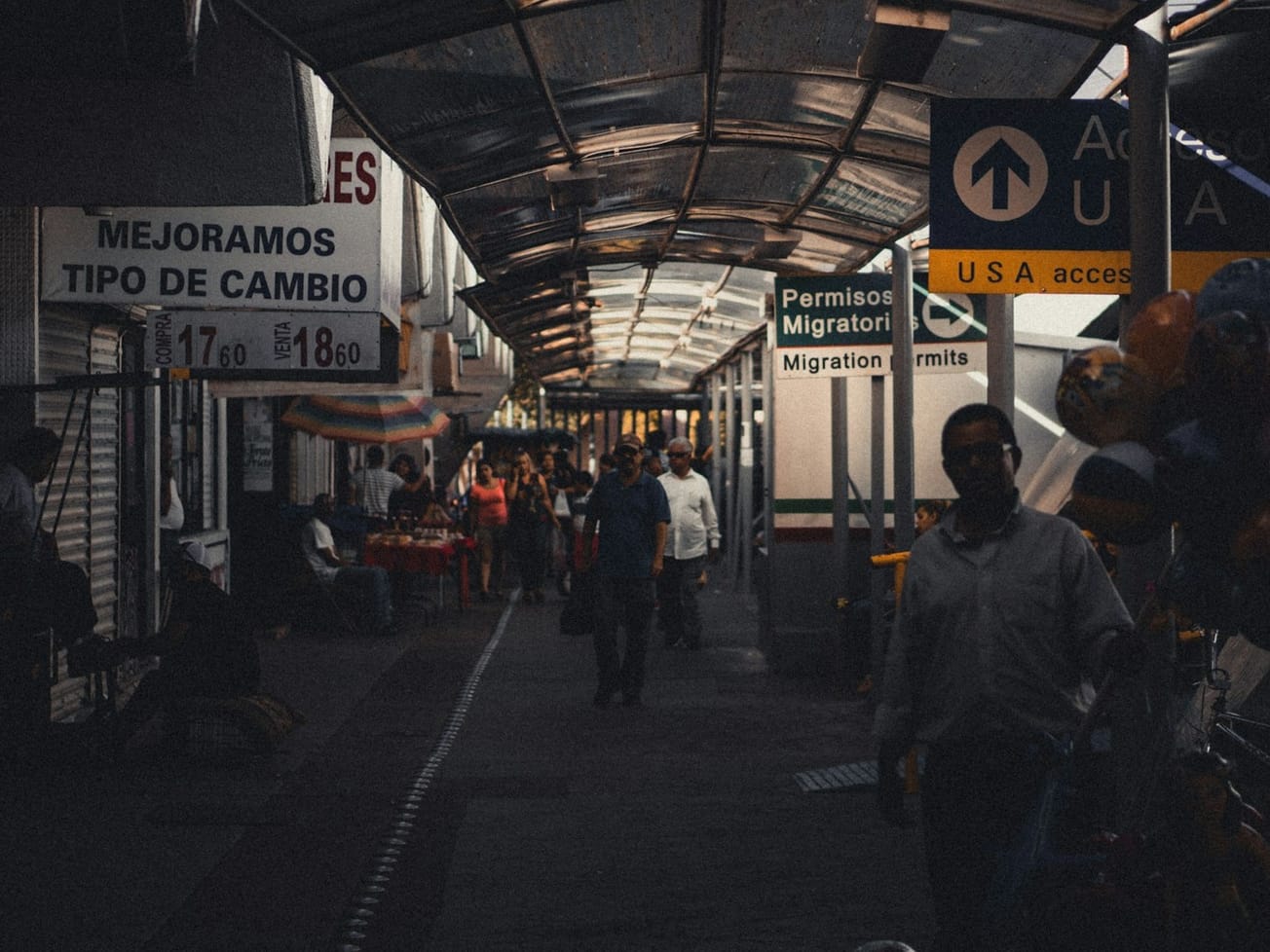GENEVA (AN) — The International Organization for Migration cited a "large and widening gap" between needs and resources as it kicked off a $7.9 billion appeal to deal with a record displacement of people worldwide.
The 97-page appeal released on Monday by IOM, also known as U.N. Migration, pointed to "conflict, climate change, environmental degradation and uneven development" forcing displacement and irregular migration.








